Entretien avec
Ron Oliver
Existe aussi en Version Française
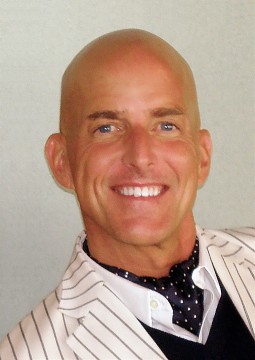
Our back-to-back discovery of The Immortal and Thralls can be described as a bit of a crush. The numerous similarities between these two films almost make them seem like fraternal twins: both are stories of demons/vampires, released in the early 2000s, drawing varying degrees of inspiration from Blade, Buffy the Vampire Slayer, and Highlander. Both films star Lorenzo Lamas in the leading role. Additionally, both are connected to the work of writer and director Ron Oliver, who was kind enough to agree to talk to us about them.
Interview conducted in September of 2024 by Kobal, with the precious help of Barracuda.
Hello Mr Oliver. Thank you very much for accepting this interview. Could you briefly introduce yourself to our French audience?
Hi, my name is Ron Oliver, I was born in Canada and moved to Hollywood in 1989. I’ve been making movies since 1986. I started out as a magician and then a TV show host in Canada, and then wrote my first screenplay – Hello Mary Lou: Prom Night 2 in 1986. I live in Palm Springs, California with my husband, two dogs, two desert tortoises, four feral cats, a flock of ravens, and a monkey. I drink gin martinis. I’ve worked all over the world, London, Berlin, Auckland, Sofia, Athens, Santorini, Rhodes, Toronto, Vancouver, Johannesburg, Los Angeles… and Paris. The first time I shaved my head was in the bathroom of the Hotel Lutetia in Paris in 1995. I’ve done it ever since. I’m the luckiest, happiest, man I know.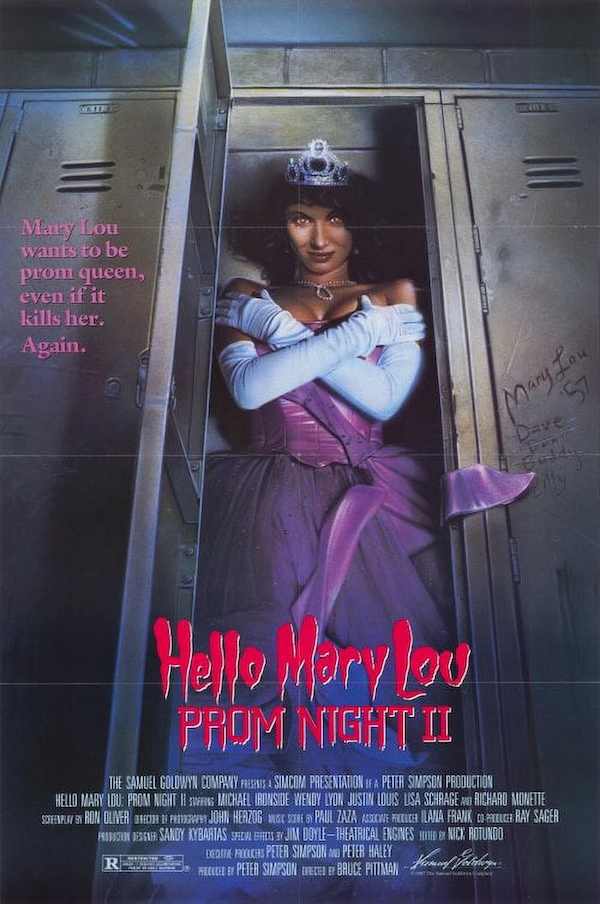
You began your career in horror genre cinema, with Prom Night 2 (1987) and Prom Night 3 (1990), then you continued on this path for a younger audience with the series Are you Afraid of the Dark? (1990-1996) and Goosebumps (1995-1998) – the latter had great success in France. Then, you quit this genre for several years before making Thralls (2005). How did you end up on this project? Can you tell us about the origins of the film?
I didn’t really “quit” the horror genre, it is still my favorite genre. But it is very difficult to plot one’s own career sometimes, and after Goosebumps was finished, I couldn’t find projects in that genre to do that I liked. So I ended up going to other things, comedy, romantic comedy, thrillers etc. I was doing a lot of episodic television and I wanted to get out of it, because a TV director for series has no real control over his/her work; it’s creativity by committee. The good thing about Goosebumps and Are You Afraid of the Dark was that they were anthologies, so the director had full control over each episode, each one being like a little mini-movie.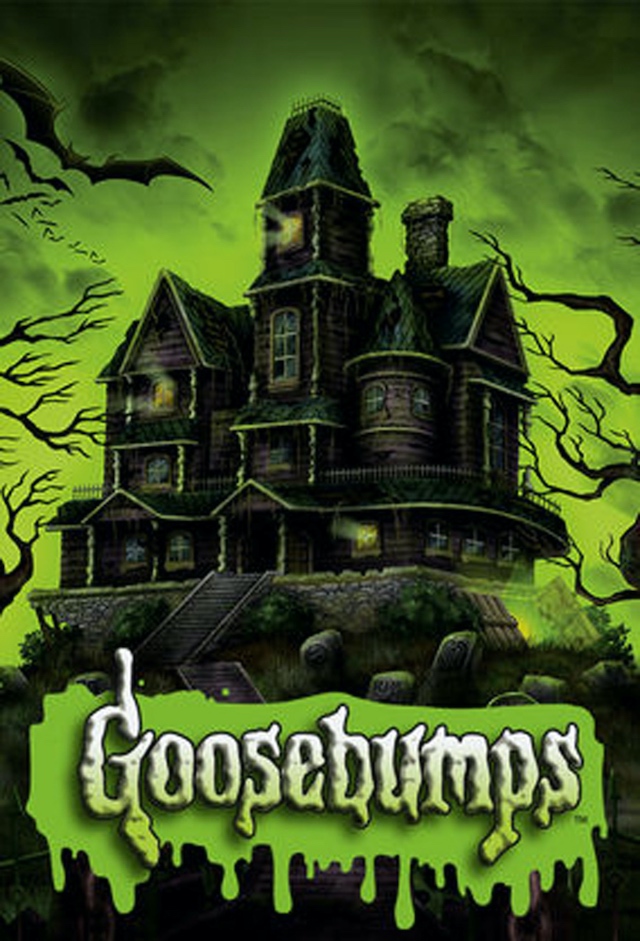
Anyway, I was tired of TV series and I quit one that I hated doing, doing just for the money, and I took a year off to rethink my career. And then a producer in Vancouver, Canada called me up and said “I know you don’t want to do TV shows anymore, would you like to read a script we have for a horror film?” I immediately said yes, and I was very excited. So they sent it and I read it and the script was not very well written; it had dull characters and dialogue. BUT the IDEA was very good; female vampires held in “thrall” by the Lord of the Vampires.
So I said if I could rewrite the script from page one, I would do it.
And they said yes! So I spent two weeks rewriting the script and then we filmed it in Vancouver, in a “studio” built inside an old abandoned mini-golf facility.
Lorenzo Lamas is mostly known for playing manly heroes in action and martial arts films – how did you think of casting him for Thralls where he plays a villain that mostly uses mind control to assert his dominance? How did he approach this role that subverts his usual image?
I knew Lorenzo because we made a TV show together – The Immortal – which was a silly rip off combination of Jacob’s Ladder and those crazy kung fu movies where everybody flies around on wires. So when I read the script, I called him up and asked him if he’d do it with me, and he immediately said yes because we’d had a lot of fun on The Immortal. So when I rewrote the movie, I did it with him in mind.
The “mind control” thing was really just a different way to have his character assert dominance over his “slaves”; I mean, these are lovely ladies so he can’t very well slap them around. And I always thought that Christopher Lee controlling his brides in Brides of Dracula was very powerful – he didn’t lay a hand on them, he just did it with his eyes. So Lorenzo and I talked about that, and he was very excited to do something that was different from his usual action movie roles – he had to “act” for a change, and he loved it.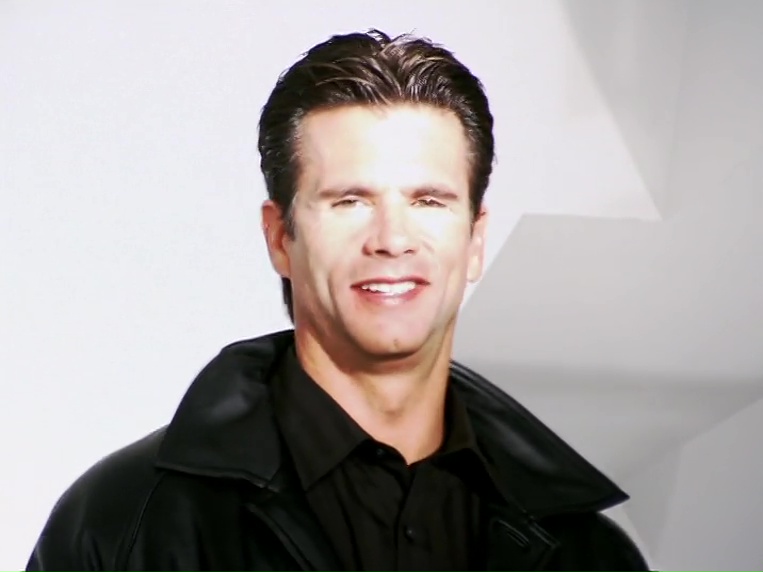
Could you tell us more about this TV show The Immortal (2000-2001)? I'm asking because I just finished watching the entire series, and despite its opportunistic aspects taking after the hit series of the time, like Highlander and Buffy the Vampire Slayer, I thought the episodes you directed were in fact among the best ones – you have wantonly confused Lorenzo Lamas with Fabio and Steven Seagal!
Ahhhhh, that’s really kind of you to say. I loved directing that show because I love the great kung fu stuff from the 80’s and early 90’s from Hong Kong; so much imagination and fun. I love Jet Li’s better movies like My Father Is A Hero (I love that movie and I would love to remake it!)
And I’m glad you got the Lorenzo/Seagal references; I wrote an episode of The Immortal where people keep calling Lorenzo’s character Fabio. I love satirizing the tropes of action movies, it makes it much more entertaining. The producers on that show were very generous in letting me have fun with the style of the show too.
I remember working with Lorenzo on that series very fondly, we worked very hard to give his character some depth; the other two leads, Steve Braun and April Telek, became great friends of mine, and I worked with them on other things too.
I recall one day on set we were waiting for lighting and Lorenzo was talking on his cell phone and he said “do you wanna say hi to my mom?” And he hands me the phone and suddenly I’m talking to his stepmother – ESTHER WILLIAMS, the famous swimming star of golden age Hollywood. That was pretty amazing…!
I remember I was going through a very difficult romantic break up while making The Immortal and Lorenzo was a really great support guy for me. He helped a lot with advice and moral support – making a movie is definitely the best way to get over a broken heart! (There’s a line in the movie where one of the female vampires says to Lorenzo’s character – “You told me you loved me!” And Lorenzo says “I lied.” That was EXACTLY how I felt at the time and I wrote that line with my ex in mind! (Lol)
Thralls features a large female cast, less well known than Lorenzo Lamas. Was it difficult to put it together and allow each actress to exist as main characters?
We spent a lot of time getting the right mix of actresses for those roles. I had lots of casting photos on my office wall and we mixed and matched. Back then it was hard to find actors of diversity – ie: Black or Asian etc – in Vancouver, so when I see that movie I cringe a little bit because everyone except the amazing Moneca Delain identified as Caucasian. Although years later, “Crystal Lowe” began presenting herself more as bi-racial, half Asian, so I guess that counts. But at the time it seemed like a very white cast to me… sigh.
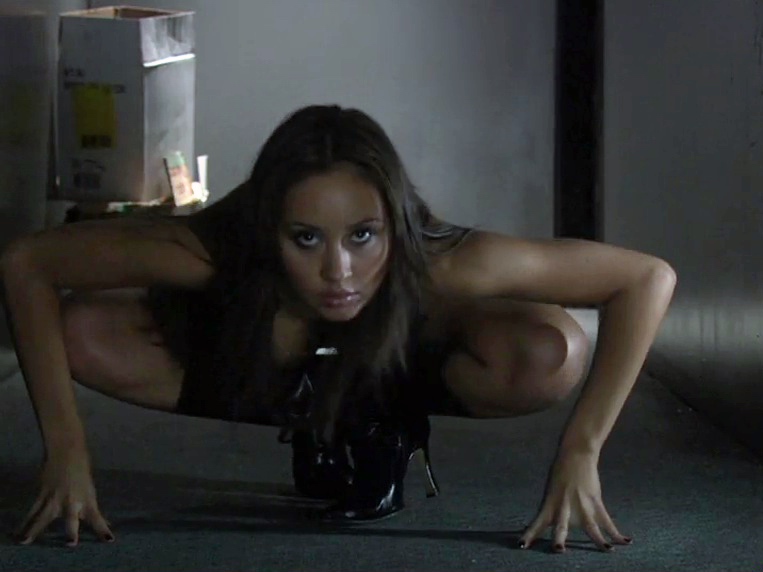 Moneca Delain in Thralls (2005).
Moneca Delain in Thralls (2005).
For each actress, I tried to write some character into their roles, but truly the ladies themselves brought a great deal of character to each part; they created their own backstories, where they had come from, how they’d met Lorenzo’s character and how they became vampires. That made it much easier for me as the director to guide their performances.
The first contact with the film – be it the DVD cover, the presence of Lorenzo Lamas or the opening scene – make it look like a fairly standard B movie mix of action and scantily-clad girls, but very quickly things turn around to actually reveal a more elaborate plot with strong feminist themes. Was it your choice to create and subvert expectations like that? Was it always part of the project, or something that was introduced later?
Absolutely, the whole idea – from the opening scene in the white room onward – was to make the audience think we were doing one thing, and then actually do another. I loved the idea of being given this genre canvas, where the producers and financiers thought they were getting some low budget low rent movie and then using their money to make a socio-political statement that would subvert the usual product. But to their credit, the producers were very very supportive of what we were doing, as long as we had sexy girls and vampires!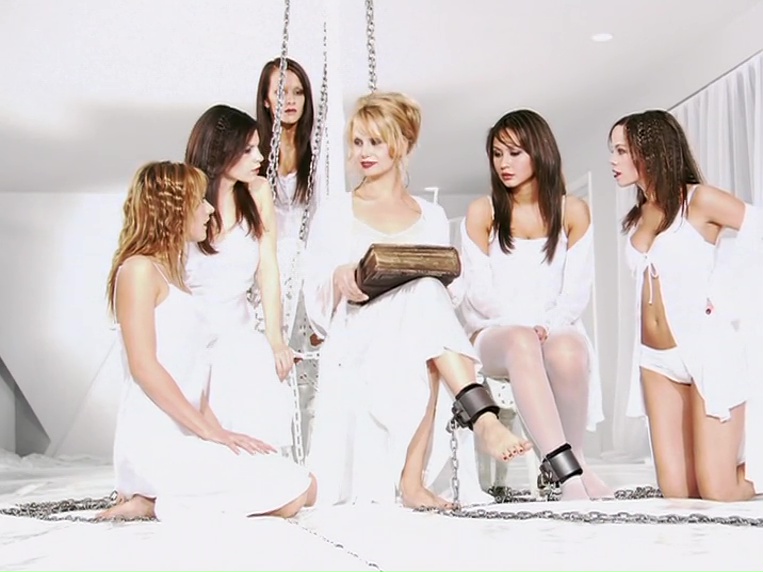
The film explores many themes around feminism: sexual and gender-based violence, psychological abuse and control, and even innuendoes of incestuous violence, but also positive aspects such as sorority, empowerment, women entrepreneurship... You chose to show vampire transformation as an opportunity of liberation, and not only a curse. How did this come together, and how did you integrate it with the fantastic/horror genre?
I’ve always loved the theme of transmogrification and the idea that turning into something “other” than what you once were was not something to fear but something to celebrate. As a gay man, this is probably part of my DNA, in that the process of becoming something which the straight heterosexist world fears – in my case, a homosexual, and in the case of my vampire girls, monsters – was a very liberating thing. To hell with “normal” people; let’s become monsters and LIVE!
These ideas have only been present in the French public debate for a few years with the emergence of #metoo, particularly the notion of relational control and its dangers. Your film therefore appears very avant-garde. Was it understood as such when it came out? Feminism has come a long way since 2005, would there be any aspect of the film that today you would change or treat differently?
I was raised by women, I’ve always been surrounded by strong women, so much of my understanding of the dynamic between men and women has been shaped by that. I’ve never been able to comprehend how men can somehow imagine themselves entitled to be the “controller” in a relationship – obviously this is based on cultural and religious doctrine, and is something which we see occur in many cultures and many countries.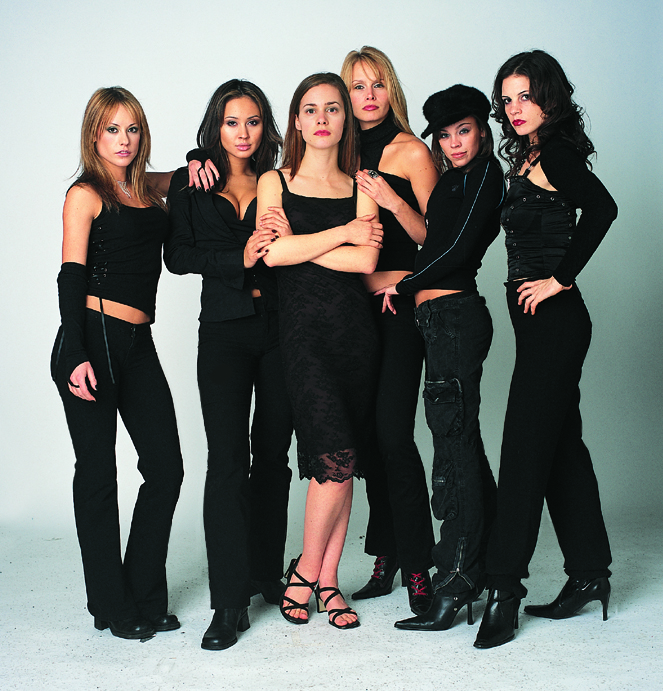
But I was raised without any religion whatsoever, so I’ve always been suspicious of the very idea of the “weaker sex” vs. “stronger sex’. When I rewrote the script of Thralls, I was mostly interested in the male controlling dynamic as the chief conflict in the story, and how the women would somehow not only escape his control but also rise above him; I also made a point of having one of the women be a “double agent”, as it were, and betray her vampire “sisters” because she felt that would make Lorenzo’s character love her more – that was a very intentional thing, because I’ve seen that behavior and always felt it would make for good drama.
Despite these serious topics, the film also keeps a humorous streak on genre tropes (the fake teeth of Renny the ghoul), in particular with male characters like Doughboy and Jim, the nice guy who constantly tries to come to the rescue but always ends up needing saving himself. How do you maintain the right balance, and how do these parts help support the over-arching themes?
The guy who played “Jim” is my dear friend Shawn Roberts – I’ve known him since he was 13 years old – we met on the set of Goosebumps – The Perfect School – and we’ve made many many movies together. So to let him play the “hero” in the movie, playing against type for his usual roles, was an absolute joy – satirizing his usual characters in all these action movies he’s done was great fun.
And the idea that his character is usually, in these sorts of movies, the one who saves the women and defeats the bad guy but in this case ends up needing saving himself was a very conscious choice to show that times – and gender roles – are changing. Even in 2005!
Thralls includes a music video in its end credits, the song Lady Venom by the group Swollen Members. Do you remember the reasons for this presence?
If I remember correctly, one of the actresses in the movie – Fiona Scott I think? – was dating the lead singer of Swollen Members. So we thought it would be fun, and given the name of the band a very good thematic inclusion, to have their song at the end of the movie. Also, I think, there might have been some contractual issue with movie length for European release, so putting the video at the end was probably helpful in that way too!
In hindsight, what do you think of this film, which is not often mentioned in your previous interviews?
Had it been possible, I would love to have had a bigger budget and a longer shooting schedule and better special effects and better locations and better wardrobe and… etc. etc. every movie I make, when I look back on it, I wish I could make changes. But at the time I know I did the absolute best I could do with the resources given to me, so in that respect I’m happy the movie exists the way it does.
As I’ve mentioned, this movie helped pull me out of the episodic TV world – where I wasn’t very happy actually – and brought me back to the horror genre and the feature film world (as low budget as it was!) so I will always be grateful for it.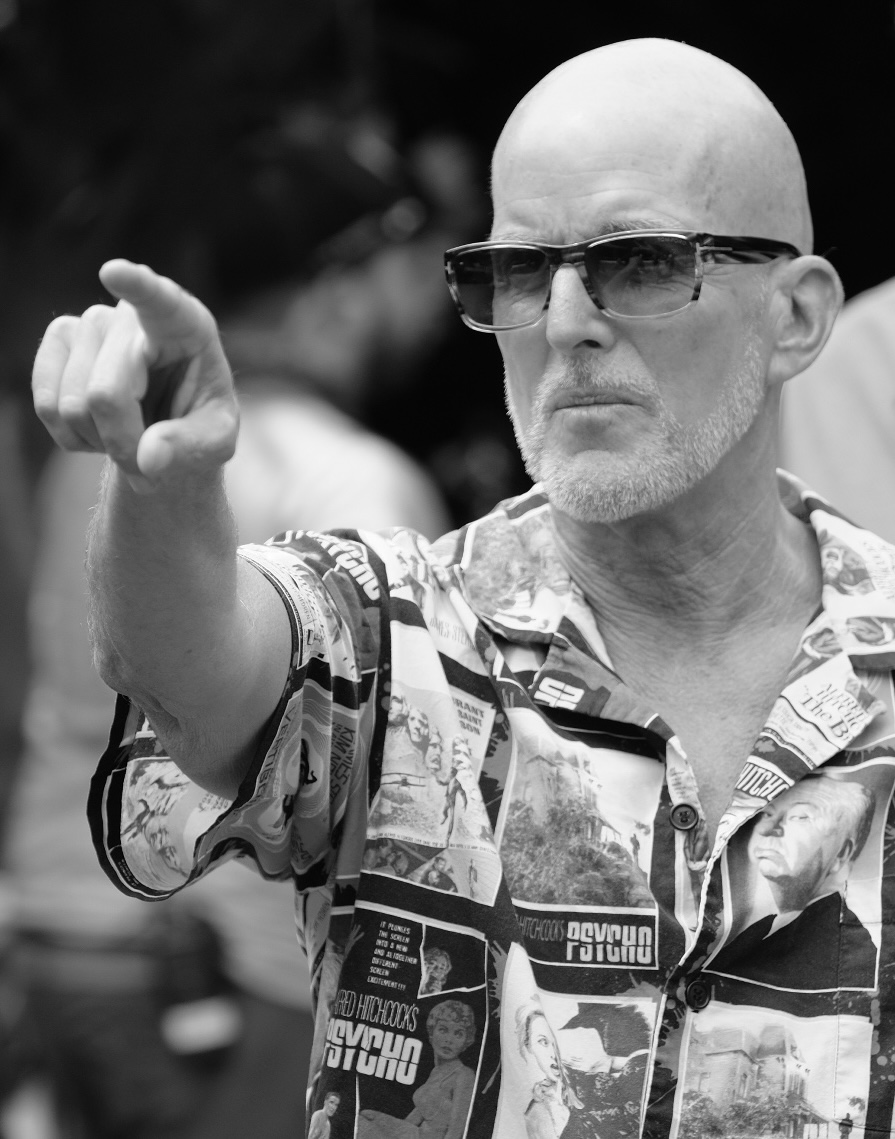
Are there any other anecdotes you would like to share with us about it?
During the making of the movie, we (the cast and crew) had a great deal of fun and many laughs – we all went out to sing Karaoke one night in Vancouver at a bar on an evening off from shooting, and the local newspaper ran a little story about “Ron Oliver and the Bat Pack” enjoying a night out! I loved it and we called ourselves “The Bat Pack” for the rest of the shoot!
The other thing, technically, that was interesting was this was one of the very first digital movies shot for feature film; I hadn’t done digital up to that time and they had rules – #1 rule was “shooting things on white backdrop or with white costumes is a very bad idea, it doesn’t look good.” So, of course, the first thing I said was “let’s shoot the whole opening sequence against white backdrops and sets, with white costumes” because I thought when the blood finally shows up – with Renny and his bag full of bloody rats – it will be even more shocking.
Renny of course is named after Renfield, from the original Dracula novel and movie! The character was played by my friend Richard Cox who I took great pleasure in “killing” in probably five or six movies around that time…it became our running gag every time I cast him in a film – how was Richard’s character going to die this time?”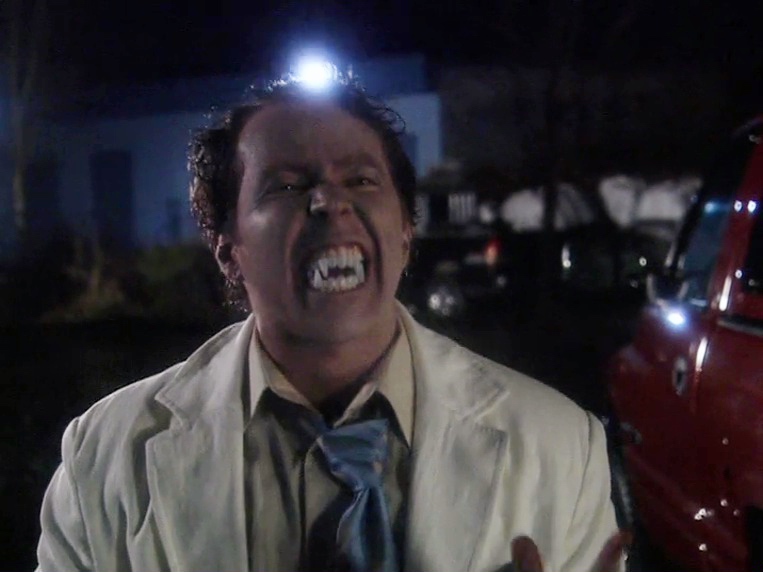 Richard Cox.
Richard Cox.
You are now an established director of Christmas films and romantic comedies. Those are even more codified genres compared to horror. Is it harder then to express yourself as a director and infuse those films with the themes that you want? Would you like to go back to horror, action and fantasy at some point?
Good question! Actually, expressing themes in Christmas movies is surprisingly easy because there is always the “big speech” by the lead character where they espouse what it is they’ve learned during the course of the story – and that speech is always something near and dear to me, thematically, whether it is “believe in love” or “the journey isn’t as important as your companion on the trip” or whatever. I’ve always managed to sneak themes into the work somehow….
As Peter O’Toole’s character in Richard Rush’s movie The Stuntman (the movie that made me want to become a director) says about messages, you’ve got to slip it in “while they’re all laughing or crying or jerking off to all the sex and violence”… I firmly believe that to be true!

And yes, I would love to go back to horror some time – occasionally I get the urge to write something and make it in the genre but the marketplace has been inundated with so many films, some of them quite good and others maybe less so, that it becomes hard to find enough money to make a movie with a decent budget. But never say never, maybe some time…
Bonus question: you said in an interview you worked with editor Nick Rotundo on Hello Mary Lou: Prom Night 2. Could you tell us about him? I discovered his name with the film Gladiator Cop a.k.a. The Swordsman 2 that he directed, and which I am firmly convinced is made up of rushes and alternate takes of Lorenzo Lamas in The Swordsman, mixed with modern reshoots of actors from this original movie. A fascinating case of the ultimate art of editing! Have you heard of it?
Oh, no, I’ve never heard of Gladiator Cop but it makes sense that he would have made it from outtakes! He was probably working with some low budget producer in Canada who found a way to cannibalize another project and make a movie out of it!
Nick always wanted to be a director, but he never really got the chance to make his mark – he was a talented editor so who knows what would have happened if he had been given a real budget.
I know I learned a great deal from him when we were editing/reshooting Hello Mary Lou: Prom Night 2, about story construction and visual themes and how to tell the story visually. And also about writing, really – how little you need to tell the tale well! I will always be indebted to him for that.
The truth of course is that directing isn’t just about shooting a movie and cutting it together – it’s also about working with divergent personalities of cast and crew and solving problems on the run and all of the craziness of a film production, and Nick was a very sweet, sensitive guy – I’m not sure the machinery of movie making was kind to him.
He died in 2011 from cancer, but he certainly left behind some enjoyable movies, and he definitely made a big difference in my professional life.
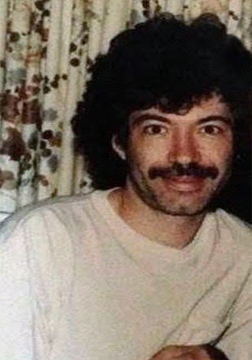 Nick Rotundo (1954-2011).
Nick Rotundo (1954-2011).
Mr Oliver, thank you warmly for your kindness and the time you granted us to talk about a small B film in light of your great career. I am happy if this interview can make it better known to a wide audience. Best wishes.
My pleasure Pascalou, thank you for asking me these terrific questions! It was fun remembering that little movie, which was so very important to me at that moment in my career, and I’m glad people enjoy it!
All my very best wishes to you,
Ron Oliver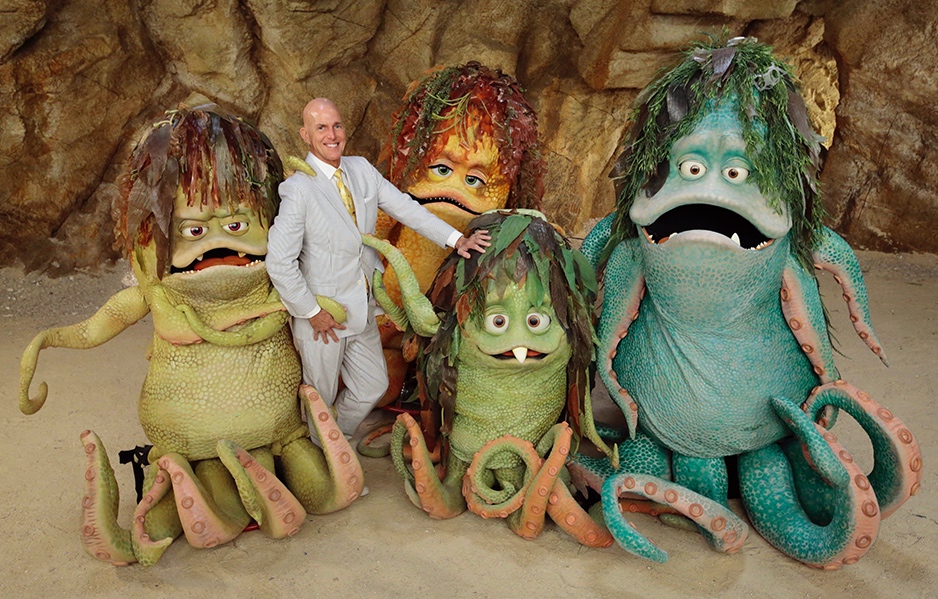 Ron in good company on the set of TV series Sigmund and the Sea Monsters (2016-2017).
Ron in good company on the set of TV series Sigmund and the Sea Monsters (2016-2017).

